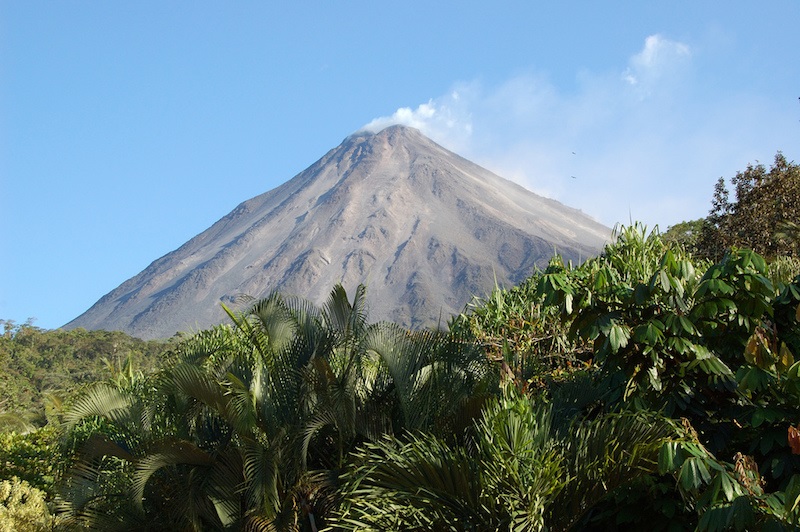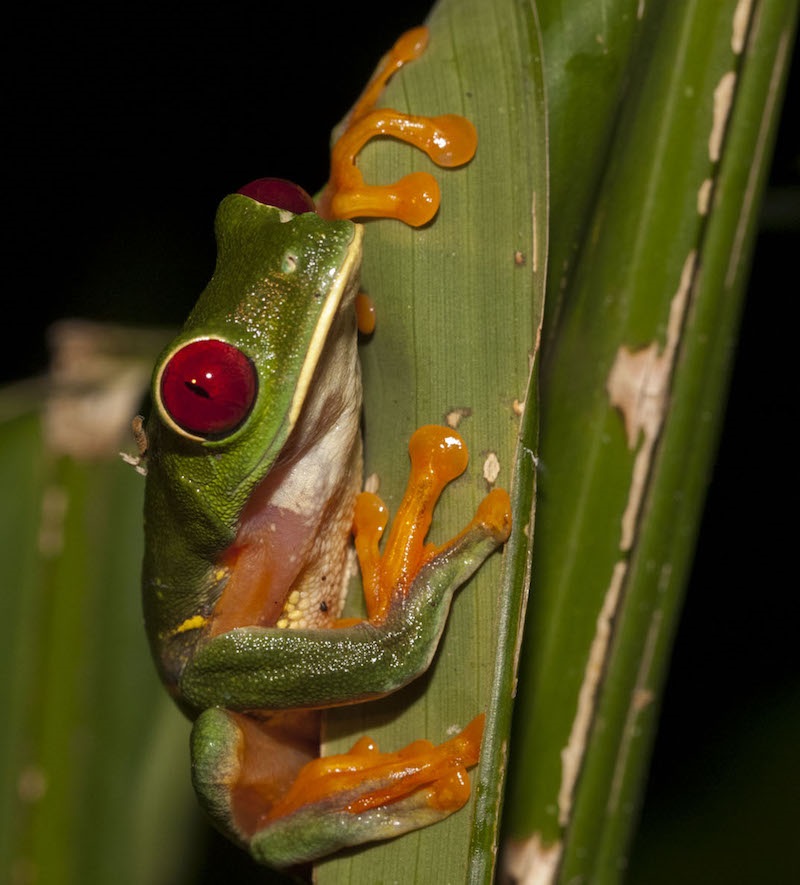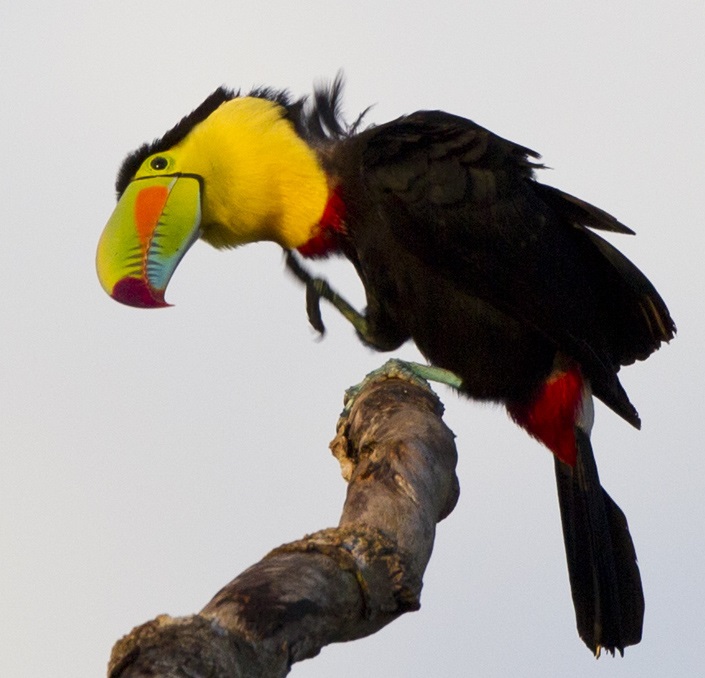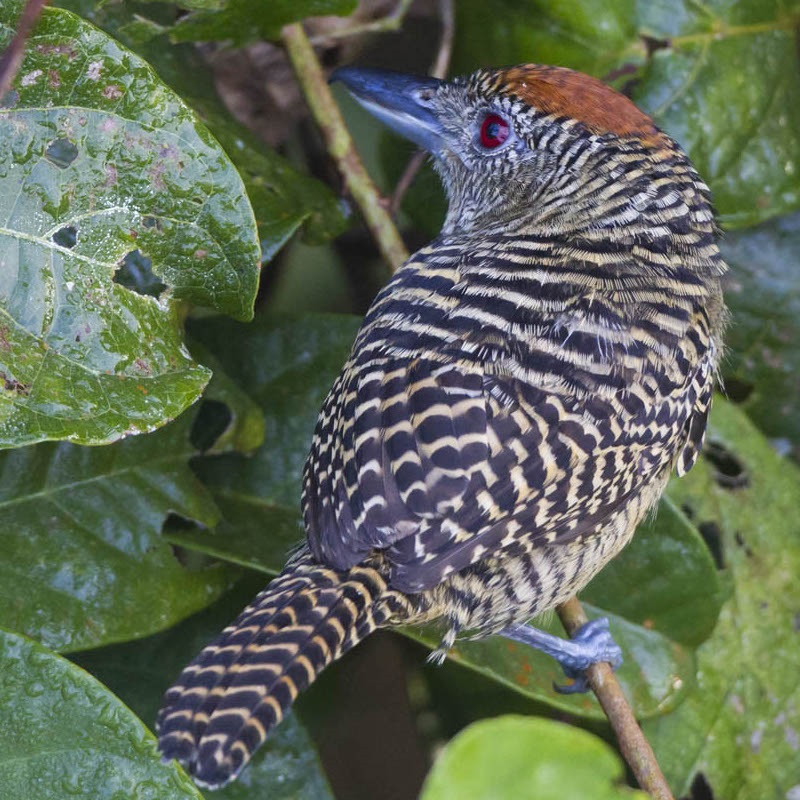Costa Rica is a small country [54,100 sq.km.], located in the Central American isthmus, between Nicaragua and Panama with coasts on both the Caribbean and Pacific. This peaceful democratic Republic hosts a population of around 4 Million people [2000 census]. Politically stable for over 50 years, yet economically weak, the government has made a big effort to preserve this country’s wildlife. 25% of the land is has some form of protection against modern devastation.
Geography of Costa Rica
Costa Rica possesses one major mountain range that crosses the country from NW to SW, and rises to over 3000 metres in many places. It’s origin is volcanic in the northern half and tectonic in it’s southern end. Right in the middle of it, where the different origins meet, a fairly large valley was formed. It is here, in the Central Valley where half of the population lives.

The mountain range, composed of [from N to S] the Guanacaste Volcanic Cordillera, the fila de Tilarán, the Central Volcanic Cordillera and de Cordillera de Talamanca, divide the country in two: The Caribbean and Pacific slopes. Almost every large river flows down these mountains and out to the sea, the most important being the Grande de Tárcoles, Grande de Térraba, Tempisque and Sarapiquí. The pacific coast is very irregular, the Nicoya and Osa Peninsula with their Nicoya and Dulce Gulfs being the most relevant formations, while the Atlantic coast is a fairly straight line. The most notable of the offshore islands is Cocos Island, 400 km W off the pacific coast [this island is a National Park and a World Heritage Site]; Chira Island, largest of a group in the Nicoya Gulf, and Uvita Island, close to Puerto Limón.
Wildlife of Costa Rica
Costa Rica holds 500,000 species, 5% of all types of living forms within it’s small boundaries,, 300,000 of which are insects.

There are at least 175 amphibians, 75% of which are frogs including many with incredible colours. There are more than 225 reptile species including 120 species of snake of which 20 are venomous. There are around 250 species of mammal including four species of monkey, two sloths, and three species of anteater. More than half the mammal species are bats. There are a number of large cats including (the rare and declining) jaguar as well as pumas, ocelot, jaguarondi and margays.
Costa Rica Birdlife

With multiple habitats and micro-habitats, in a large variety of ecosystems, this nation is home to 877 different species of birds [AOCR2000]. The main reasons for this diversity seems to be the climatic influence of both coasts, many different and diverse geographic formations such as high mountains [tallest: Cerro Chirripó 3820 at mtrs.s.n.m.], valleys, extensive lowlands, lakes, estuaries, gulfs, mangroves, etc. There are, therefore, a lot of different places to watch very distinctive species, and, best of all, they are very close together. One can define these populations by region and habitat as well as climate, these are set out below.
Caribbean Lowlands
The Caribbean Lowlands is probably the most diverse place on earth, yet it is the least well-protected part of the country. Here it is possible to see Great Tinamou, White-necked Jacobin and Long-tailed Tyrant.
Highlands
The Highlands run among the mountain range. Although they vary in height and climate, defining different populations, one can generalize as if it was just one. Quetzals, Prong-billed Barbets, and Acorn Woodpeckers are just a few of the birds possible to get good sightings of.
South-Pacific Lowlands
The South-Pacific Lowlands are about as rich in Biodiversity as the Caribbean, but they have even more endemic species. Here one frequently sees Beryl-crowned hummingbird, Fiery-billed Aracari or the endemic Black-cheeked Ant-Tanager.

Tropical Dry Forest
The dry NW part of Costa Rica, basically all the province of Guanacaste, is known as the Tropical Dry Forest. Here is where Long-Tailed Manakin, Cinnamon Hummingbird and Crested Caracara can be spotted, amongst many others.
Major Source: Fatbirder
Map Source: Googlemaps™
Major Photo Source: ©John Afdem
